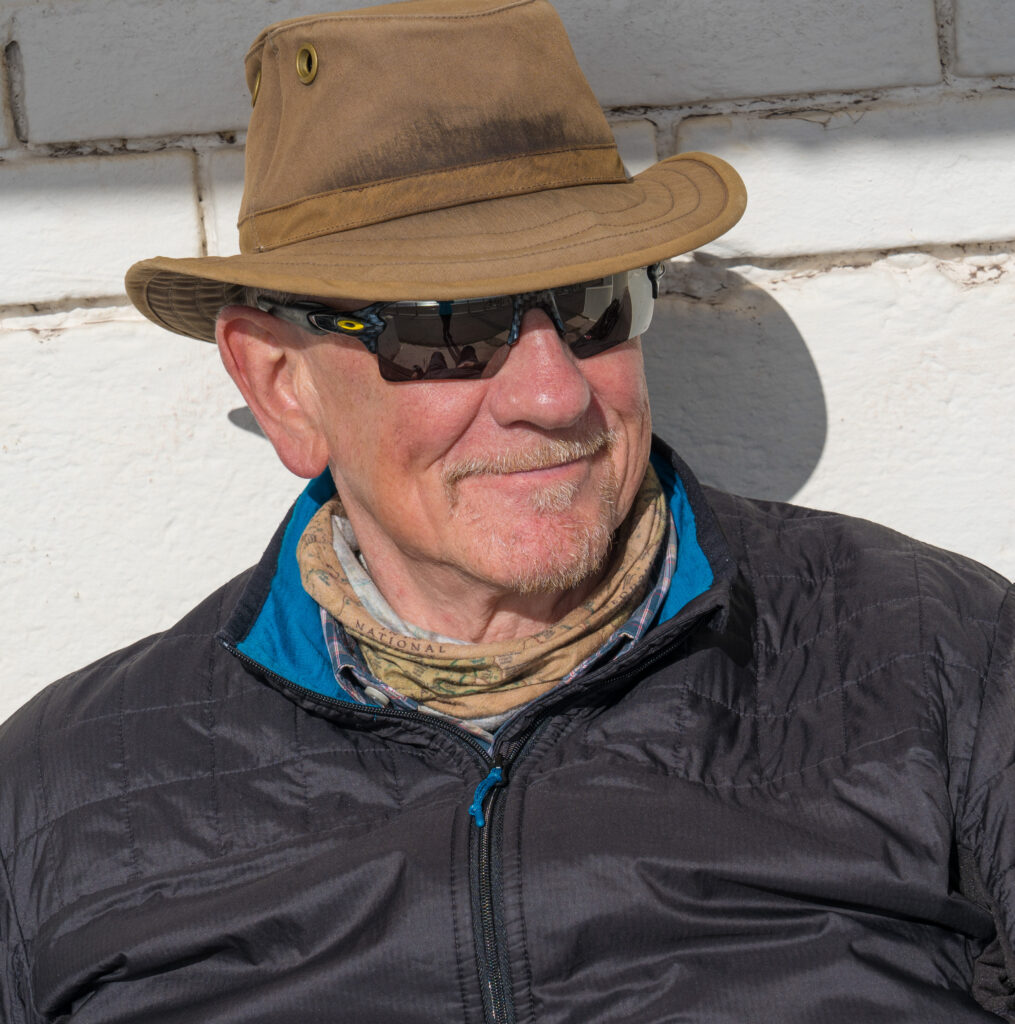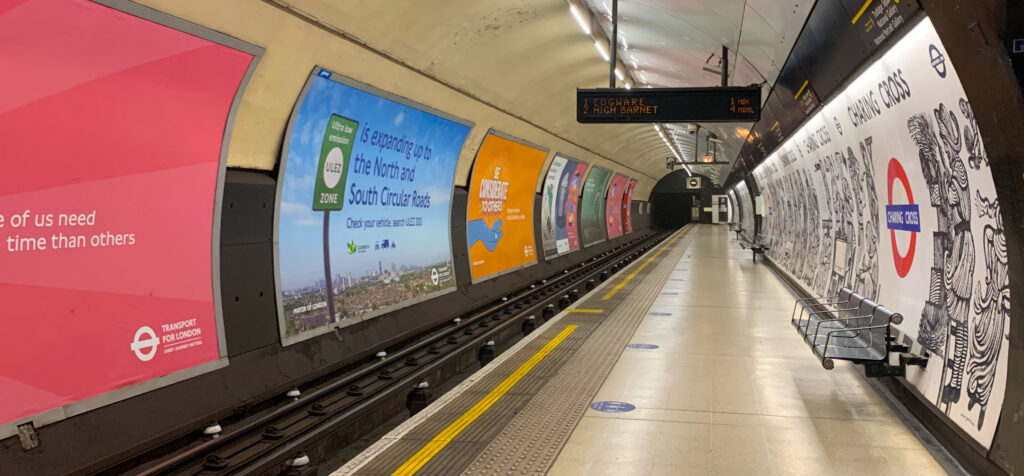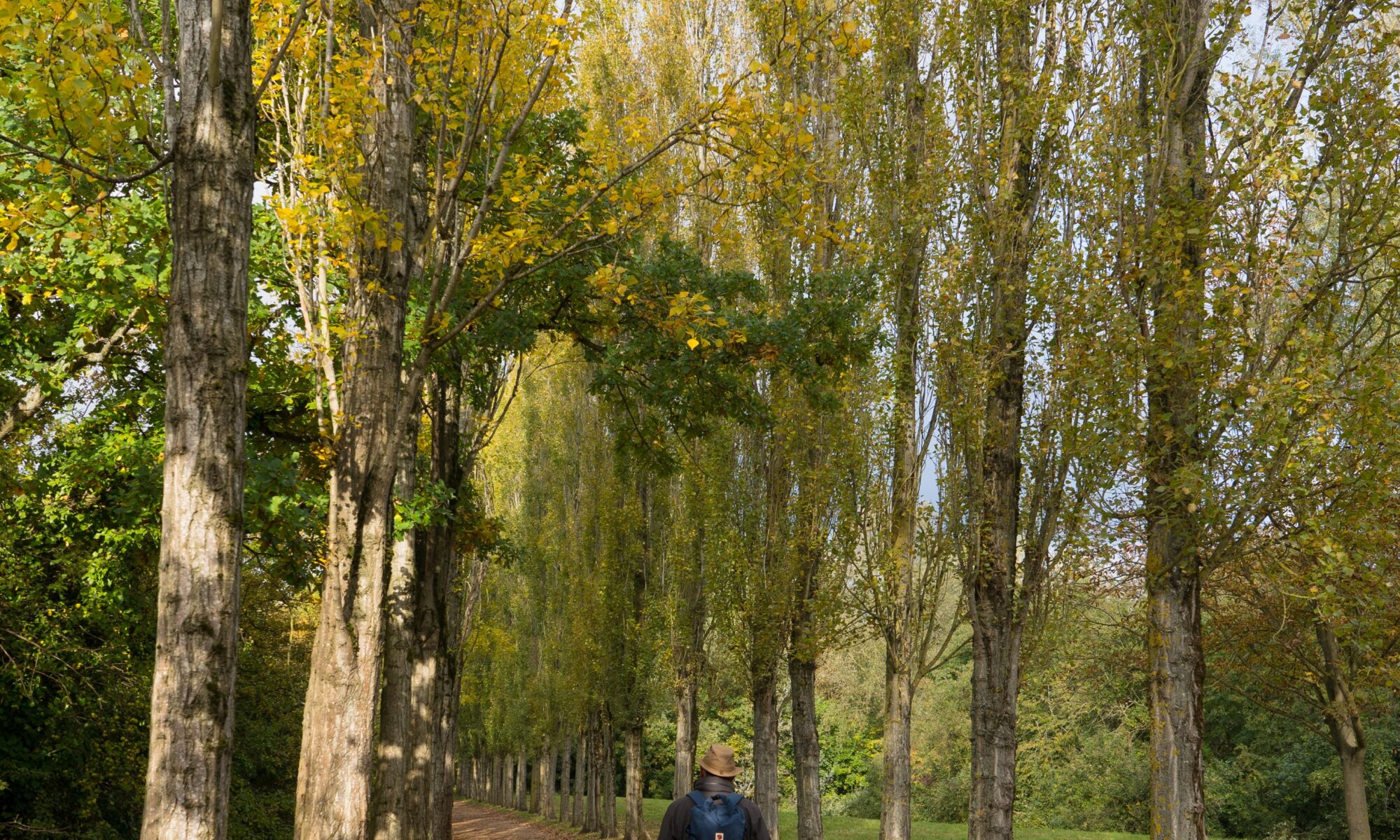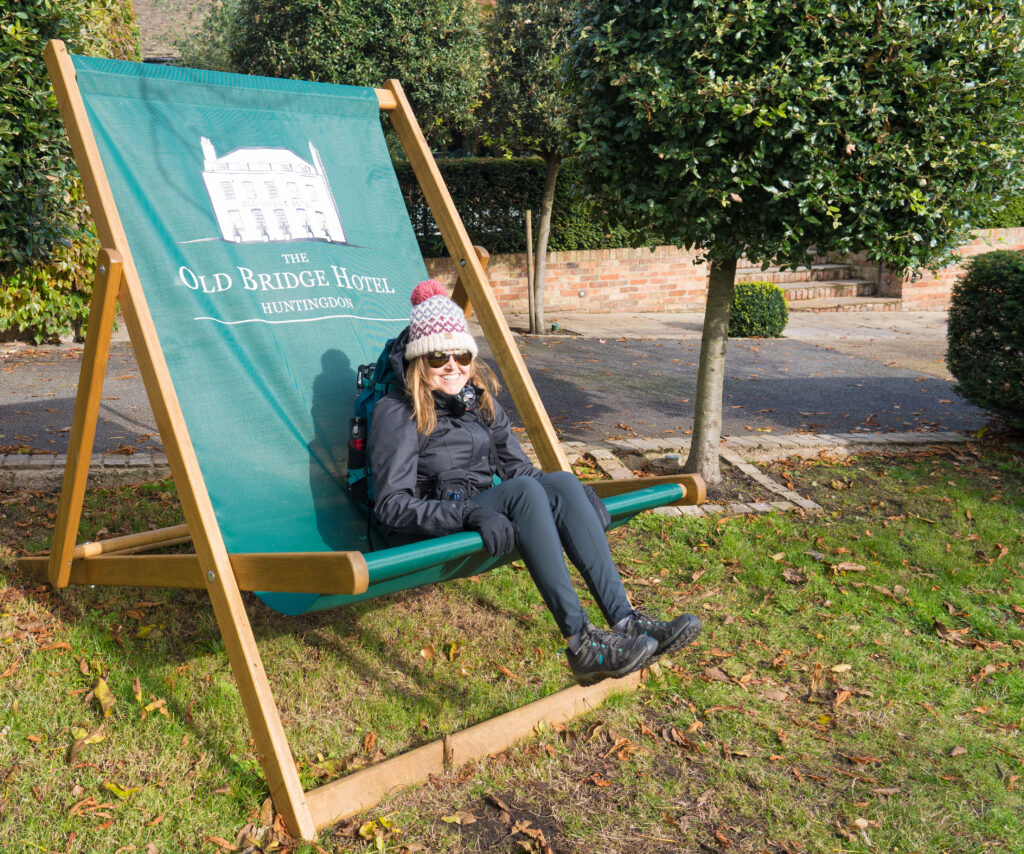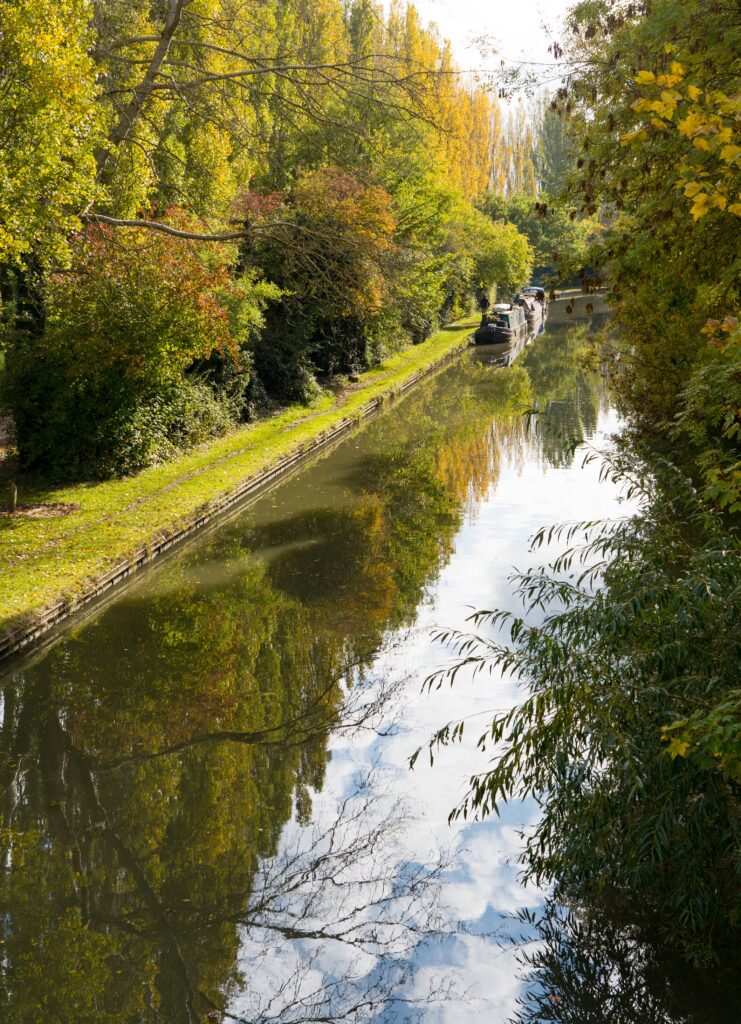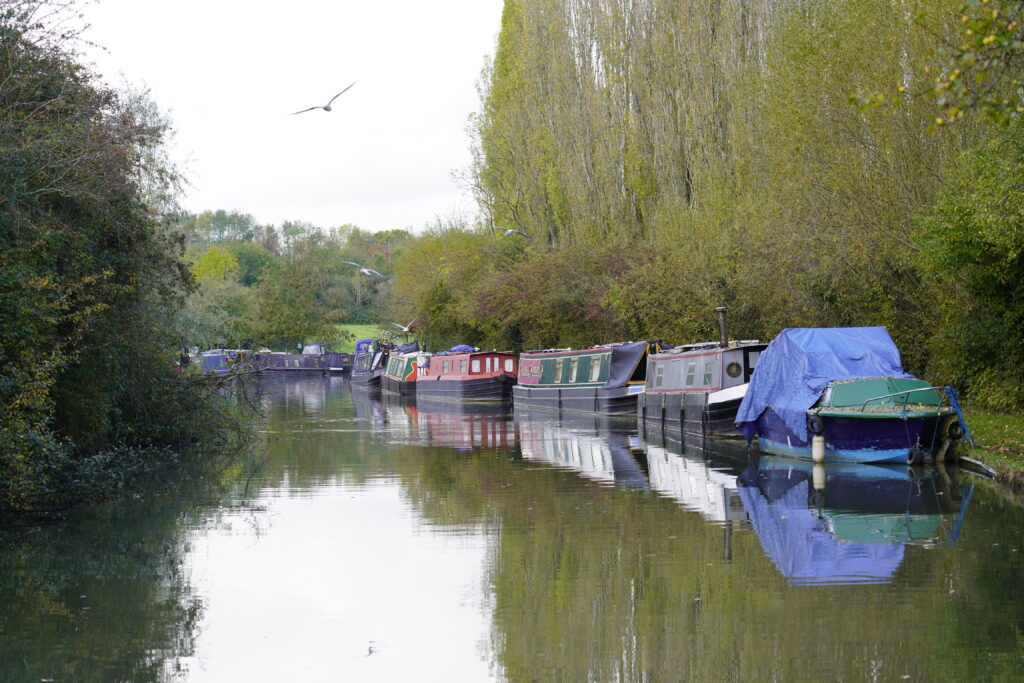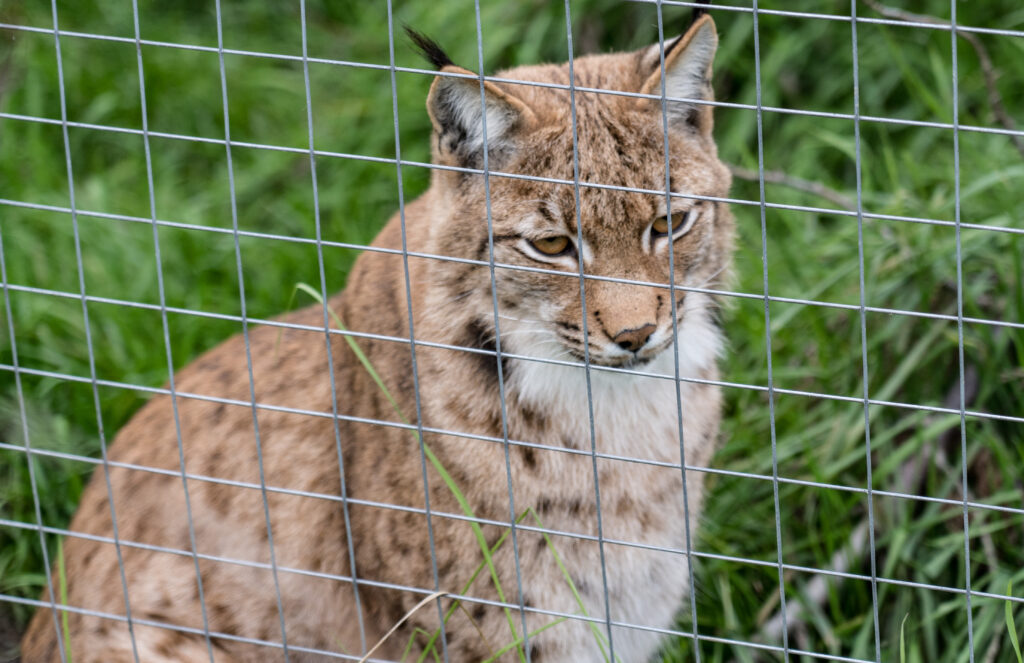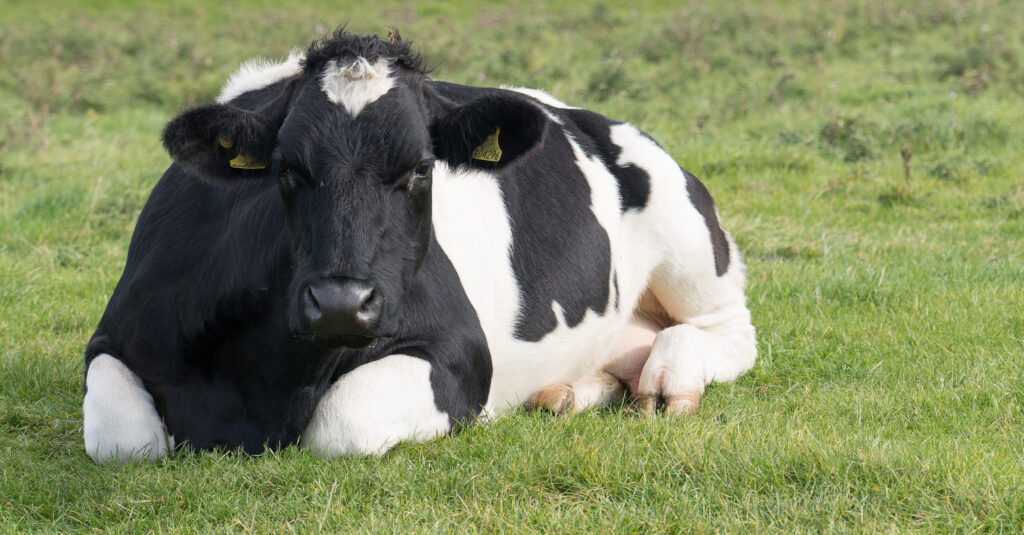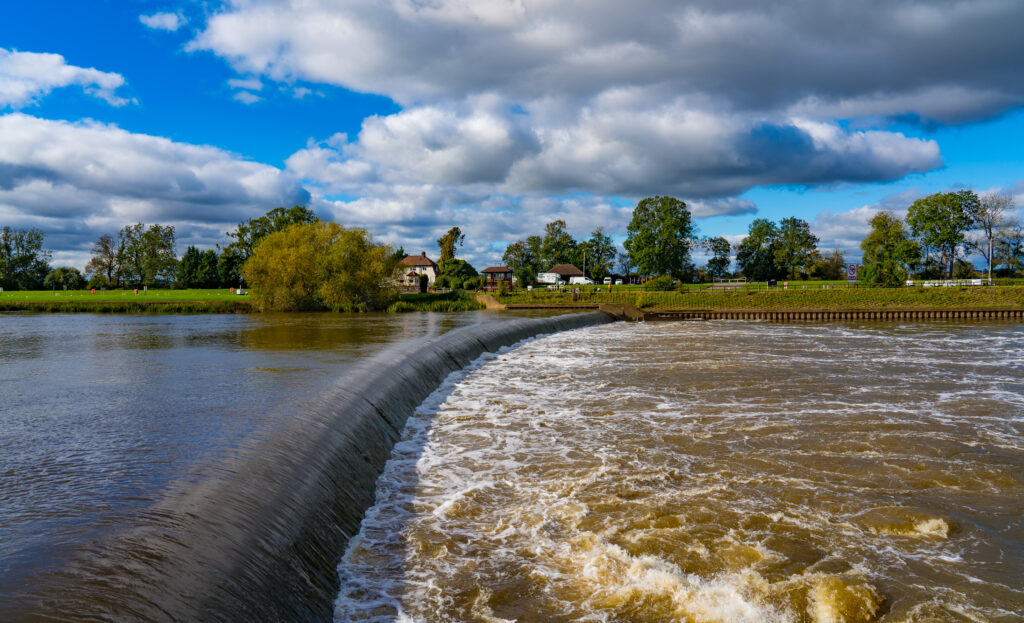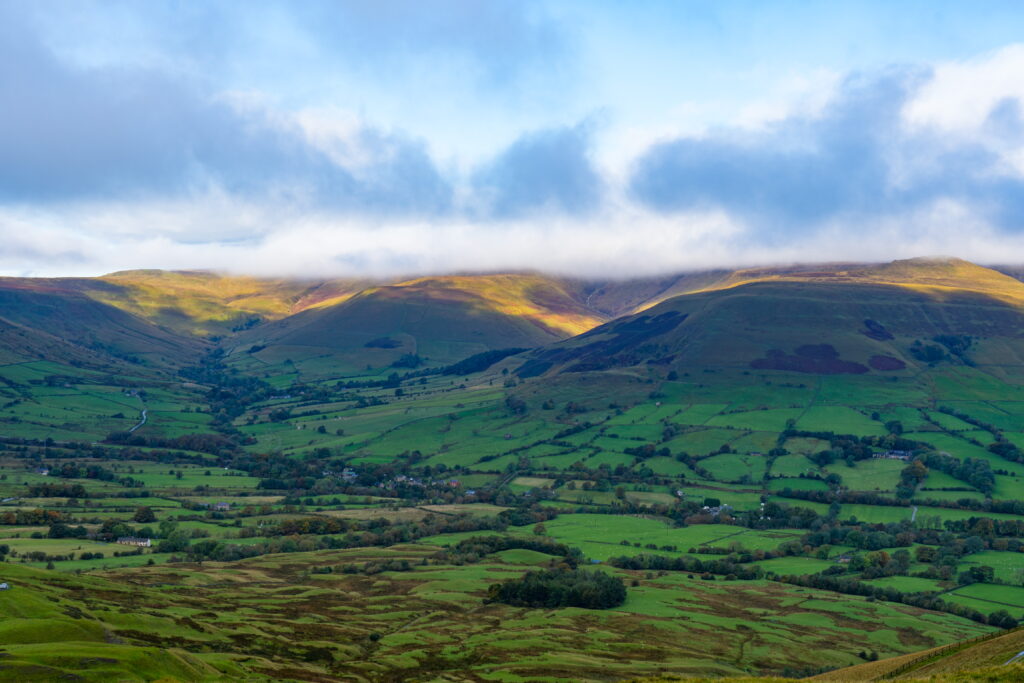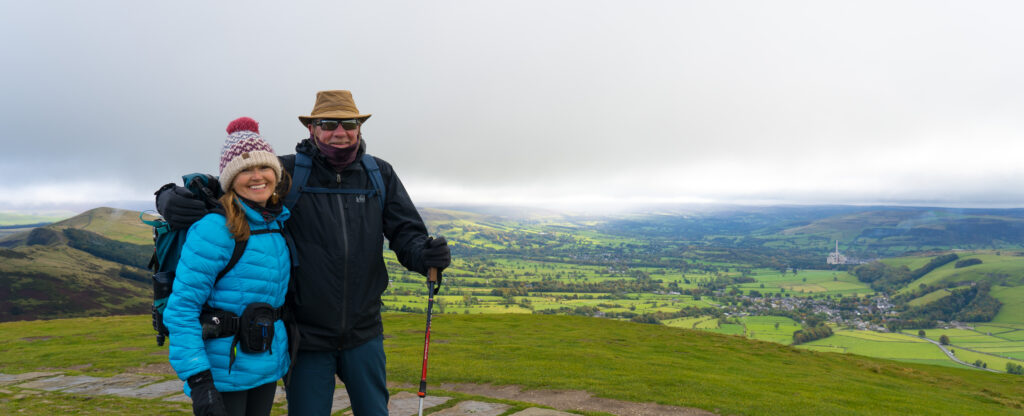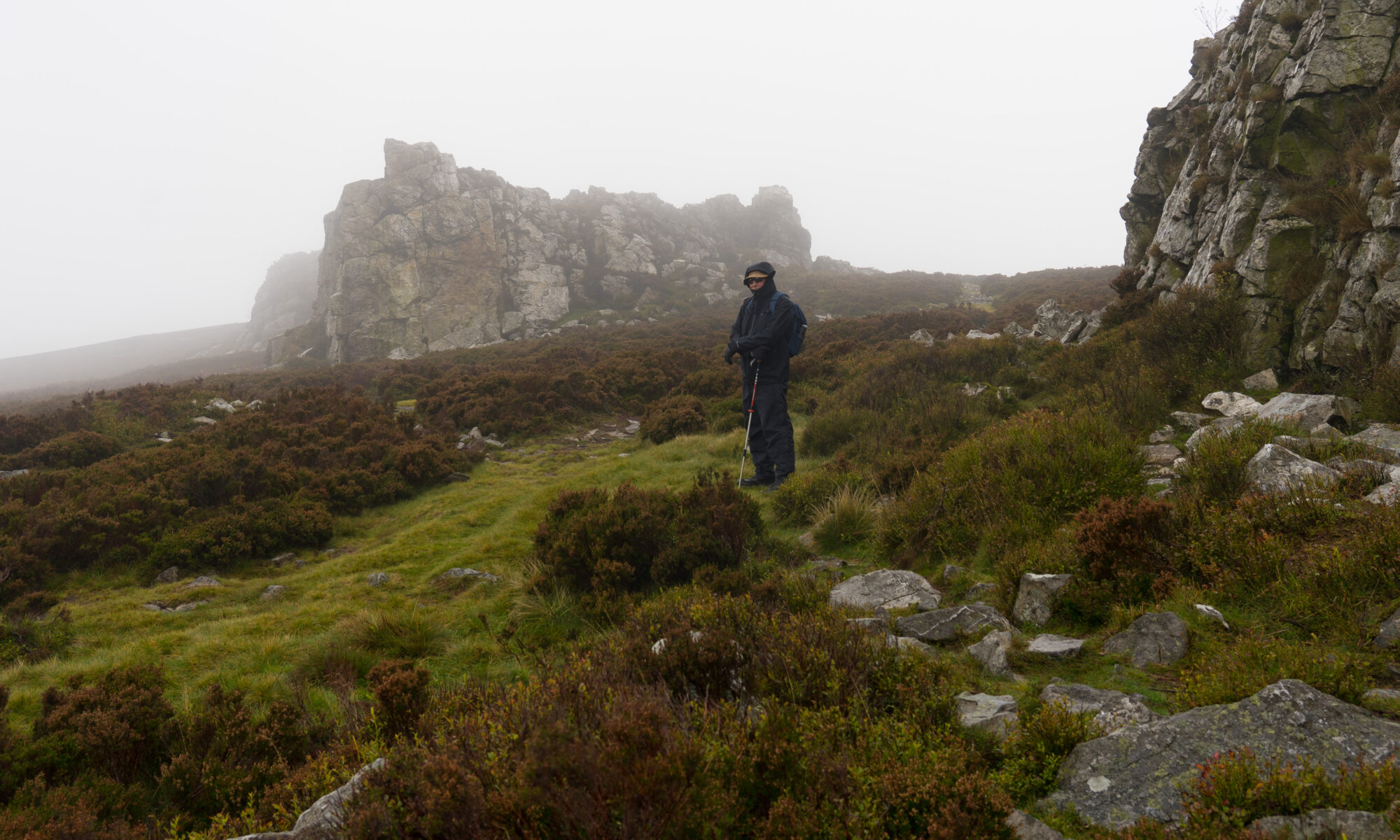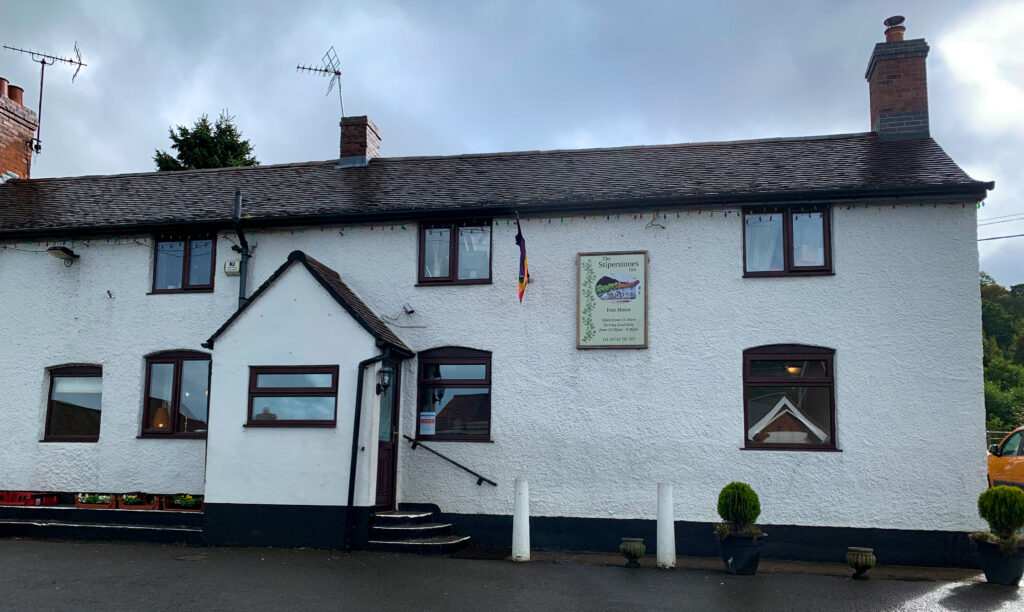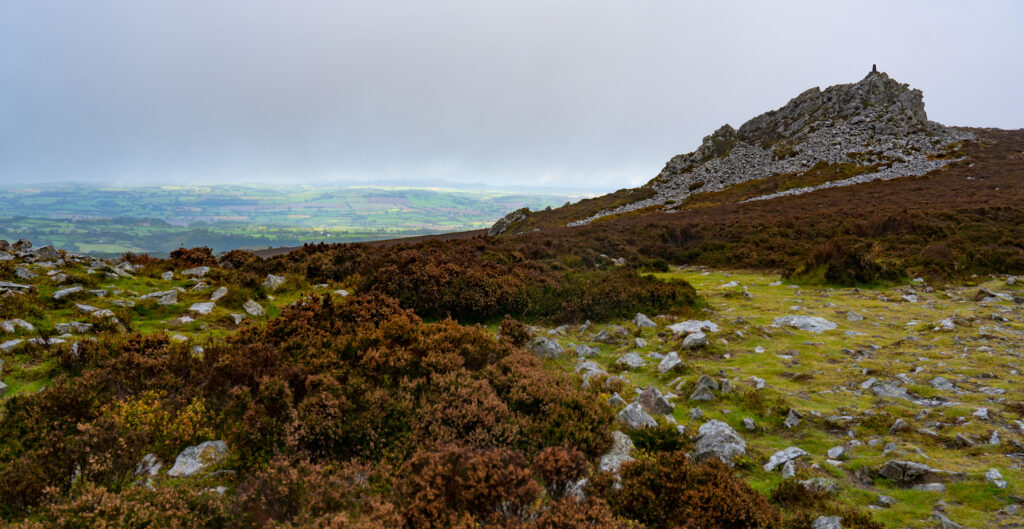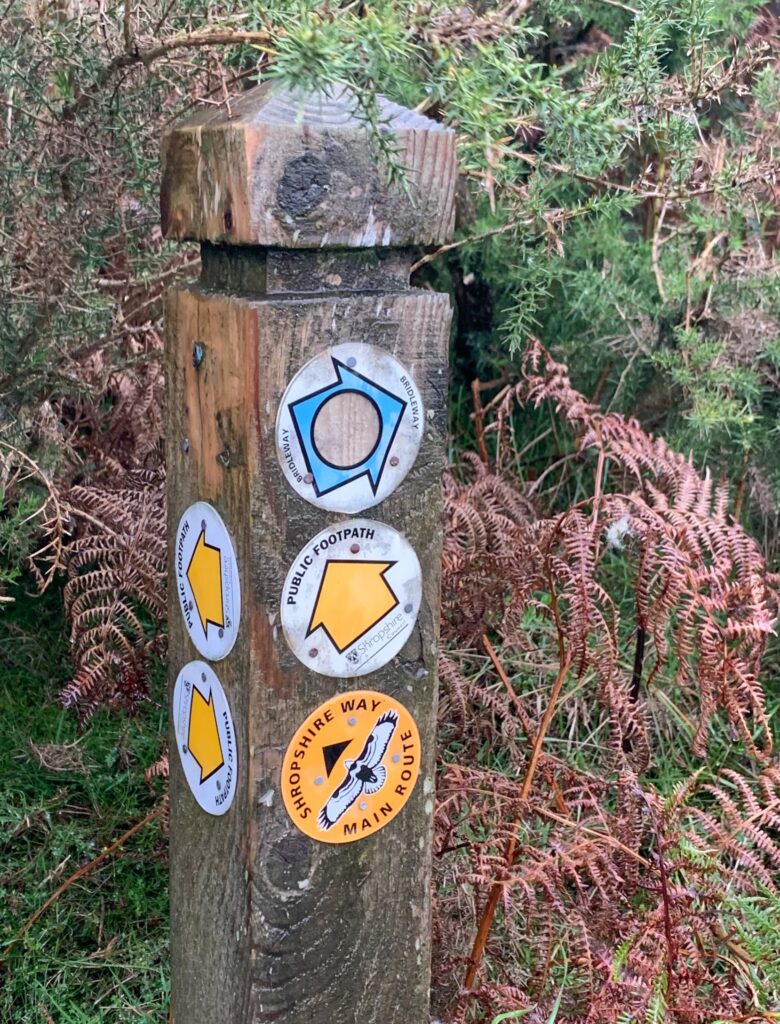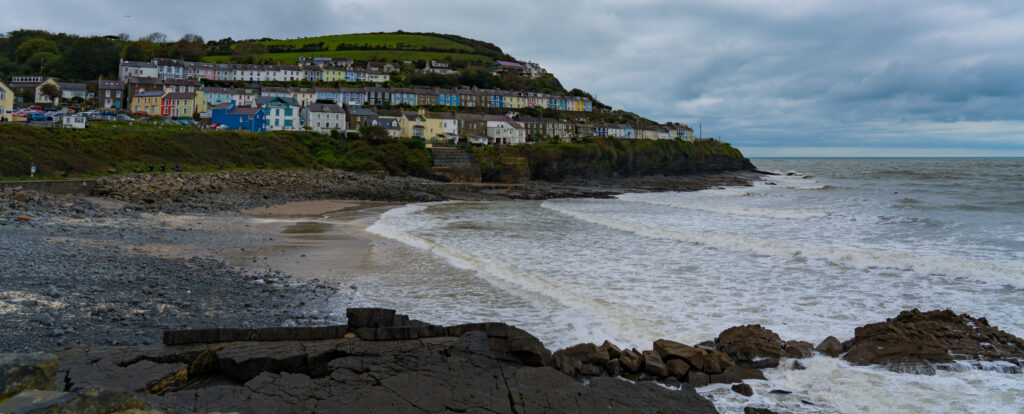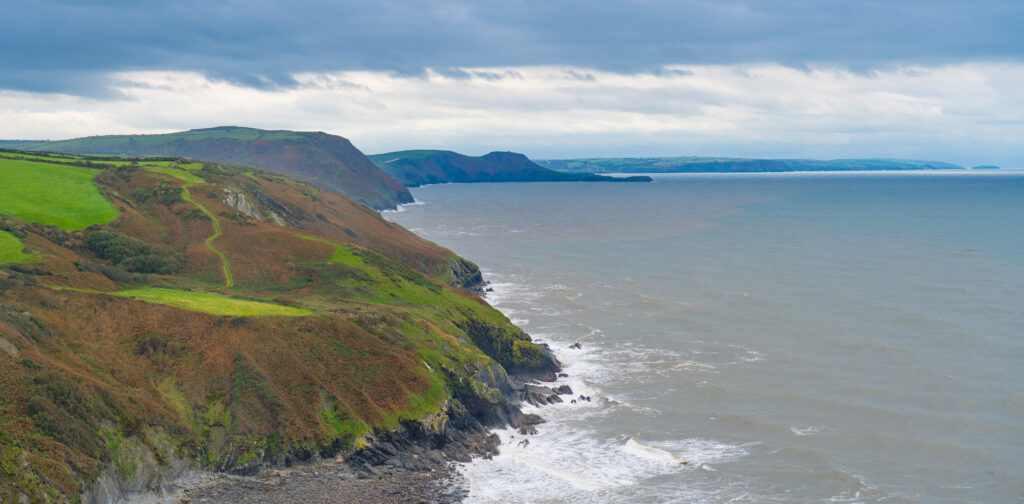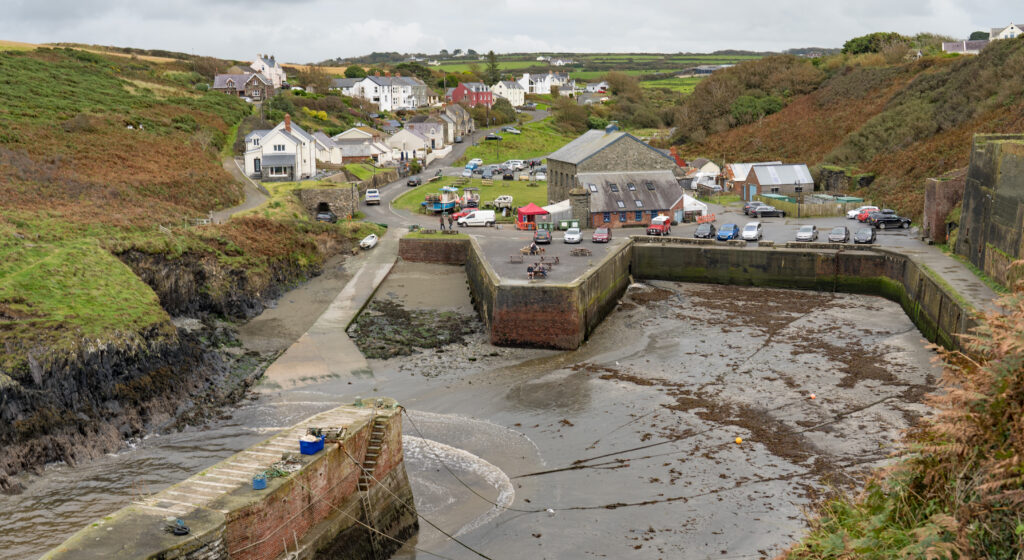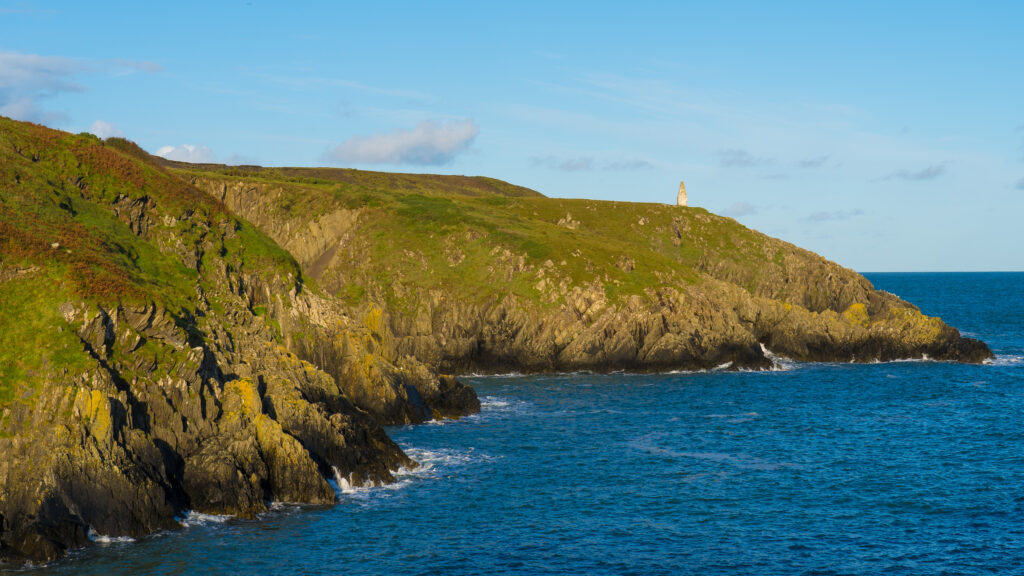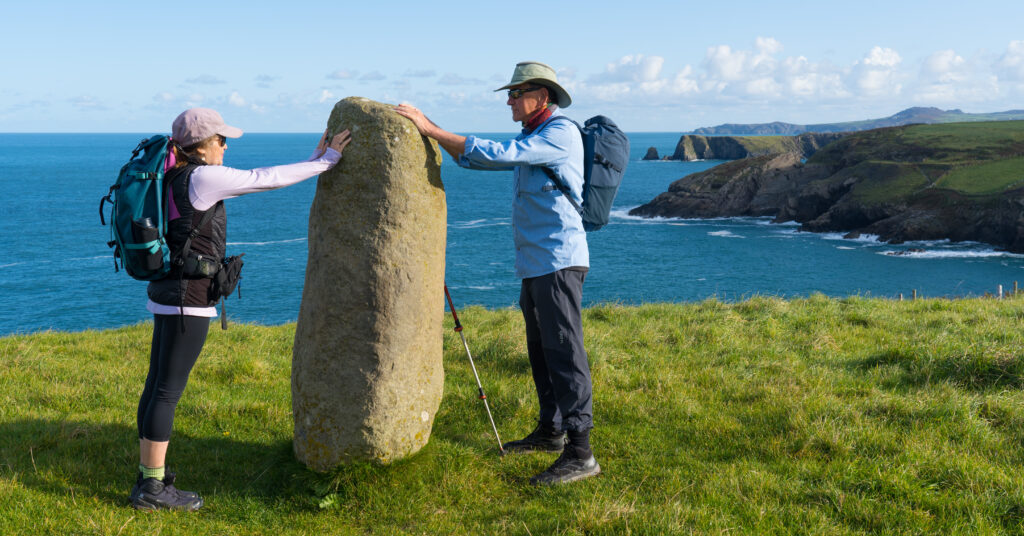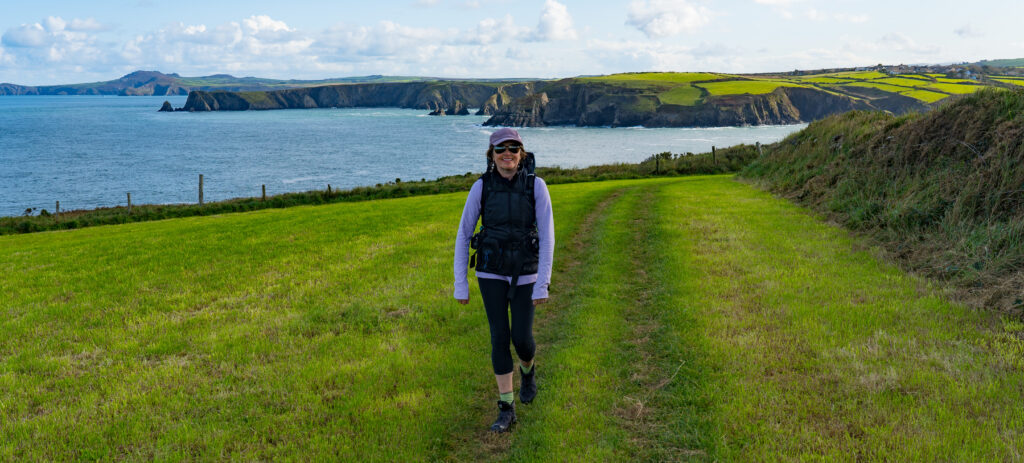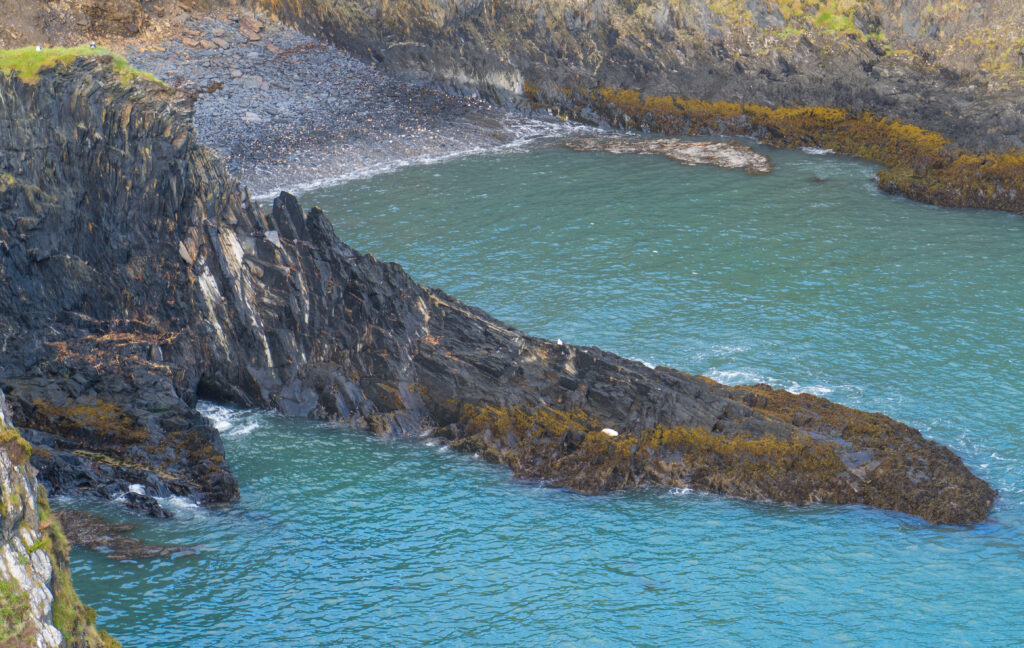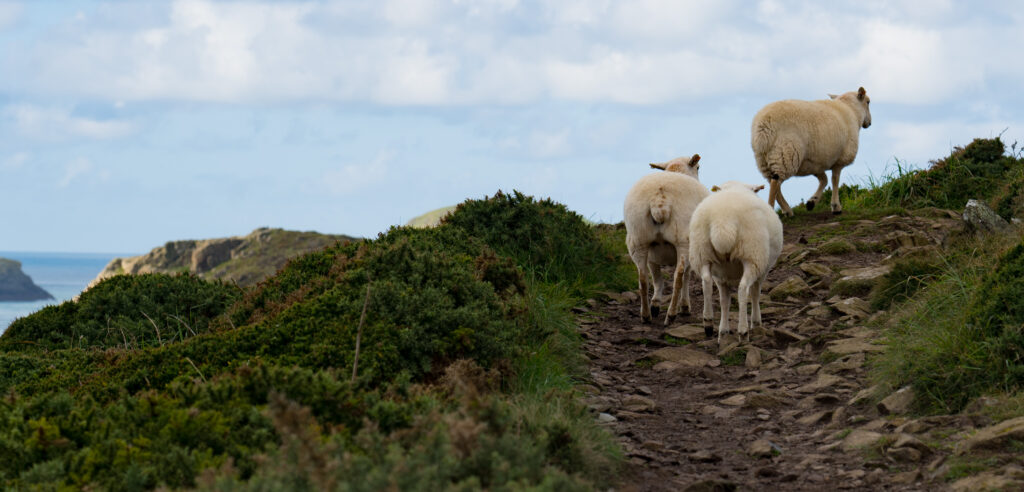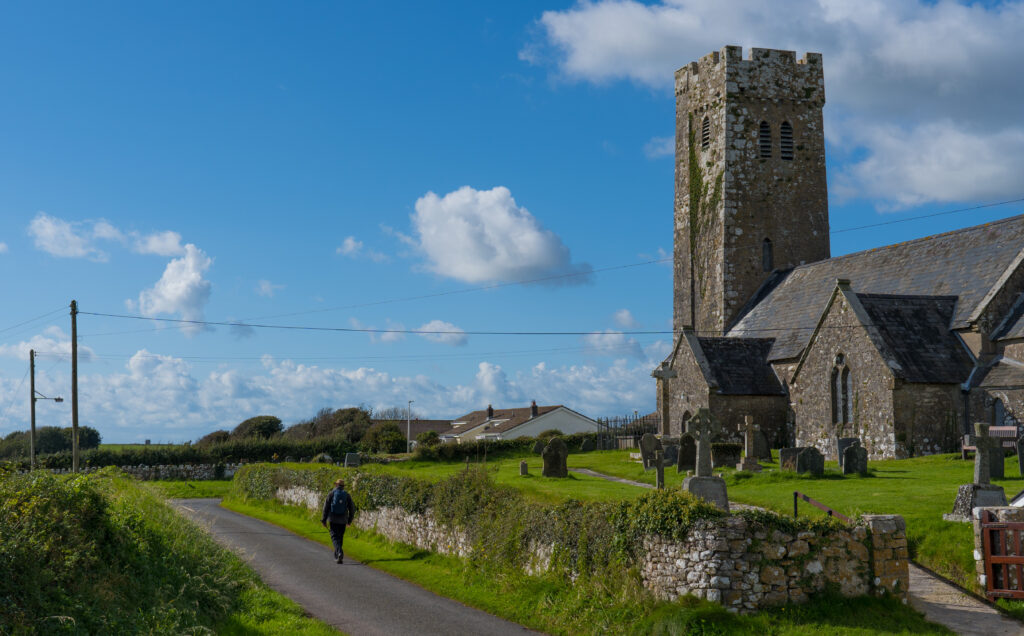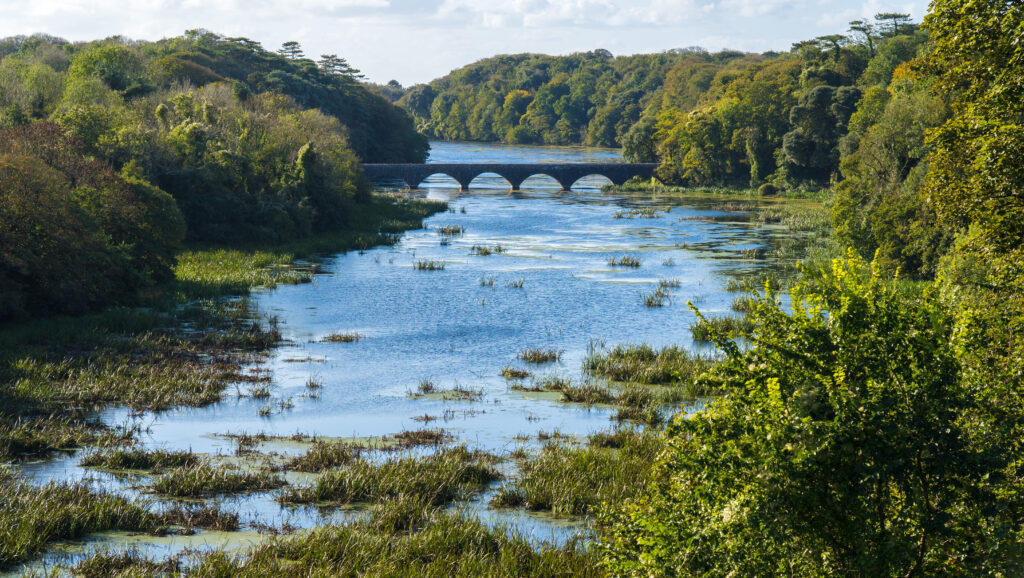Author: Mr A
Location: Brighton, East Sussex, UK
Part of our mental health discipline in these trying times is to keep thinking of the benefits the pandemic has brought us. There have many, but one of the greatest was to be able to share in Catherine’s sister‘s wedding here in Brighton this week.





Helen and Stuart have been together a while, evidenced by having two lovely children Elliott (9) and Isabel (6), and five years before them of child free togetherness in the south coast seaside town of Brighton. They decided, for a number of reasons back in the summer this year, that autumn would be the right time to tie the knot. One of those reasons was undoubtedly that Catherine would be around to share the experience. Geographical separation over the last 22 years has not weakened the strong sister-bond. For me as well, Helen and Stu have been like family over those years since they first got together. Helen stayed with us when she came to Australia, and came to our wedding back in 2002. Stuart has shared many a decent glass of red over the years, and fed me some of the most memorable, relaxed, fun meals we have had on our visits back.
To see them share their continuing commitment to each other, with a close group of friends and family (only 15 allowed), that was just priceless for both of us. How they pulled off such a fabulous event given the constantly changing constraints, was a marvel! But they did. The week was full of hair and nail appts for the girls, and perhaps Stuart (I’m not sure :)), and time at their place just hanging out with the kids, and eating and eating and eating! Brighton has some fabulous places to buy deli food from, and I think Stuart must know them all! OK so the weather wasn’t always conducive to being out and about, but we wrapped up and headed out on walks with them, several times clocking up many miles along Brighton’s wet and windy seafront walking in and out from our caravan park.



The ceremony itself went without a hitch, in a gorgeous room at the local town hall. Bio-degradable confetti was thrown (against council regulations), and we all felt rebellious. The showers came and went, but Stuart’s sister, who just happens to be an awesome wedding photographer, captured some magic moments.








The long lunch that followed (at The Ivy in The Lanes) was one of the best dining experiences we have had over this side of the world. The food, the wine, the company, the context of the room itself and its decor, the staff whose smiles refused to be hidden by their masks. This was a special time, and has been filed carefully in our memories.

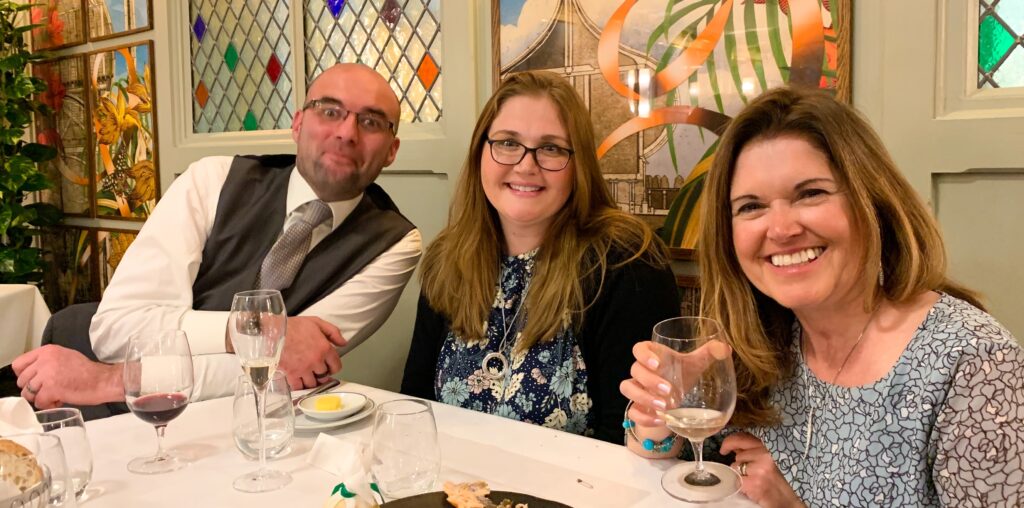



Feeling a little dusty the day after the wedding, we treated Helen, Stu and the kids to pizza at Fatto a Mano restaurant in Hove. As always they were great company and the food helped clear the head a little, as did the rather blowy and showery walk back to our campsite along the seafront!





Saying goodbye to all our friends and family here is especially difficult this time as we prepare to leave, because we have no clue when we will be back, with the travel restrictions in place and soaring airfare costs.
We have made it onto one of the “specially facilitated” flights back to Australia. Qantas has entered into an agreement with the Australian government to run a number of these flights from London, New Delhi and J’burg. At $2,165 a head for a one way ticket, they are reasonably priced in these times of expensive airfares, and that‘s one way. A requirement for a pre-flight COVID-19 test 48hrs before our flight means that will be our first milestone to clear next Thursday in London, before hopefully boarding the flight on Saturday morning. Then its off to a hot and steamy Darwin non-stop, just under 17 hrs, with limited in-flight food and no entertainment provided.

Why Darwin when we live in Sydney? Well that‘s part of the deal with these flights. You have to complete `14 days quarantine at a special facility just outside the city. Landing at the RAAF section of the airport, and then channelled through a special process involving another test, special briefings, and then a bus ride to our quarantine centre at a place called Howard Springs, 30km south of the city. It was built in 2012 to house workers from a Japanese mining company, now serves as home for at least 14 days to incoming Australians on these special flights, as well as some domestic flights where passengers are also forced to quarantine. Australia is serious about controlling its borders.
At $2,500 a head, its another cost we hadn’t expected, plus our flight back to Sydney once we are clear, but still cheaper than the $19,500 business class airfare from Singapore Airlines that was our other option! There are economy fares around, but the tales of people being continuously bumped off them, as Australia is capping its number of incoming international passengers, put us off that uncertain route, and the ones we could find to book were not leaving for weeks. Plus we would then have been in hotel quarantine, possibly in a room without any access to fresh air. At Howard Springs we get to have some outdoor time each day. We would both struggle with being locked up in an airless hotel room.
Catherine’s airway disease means she is classed as vulnerable, so we qualified for the flight, thanks to the Australian Department of Foreign Affairs and Trade, who are administering the invites. So flying on a tightly controlled route from a health perspective made sense. The last flight from London arrived with zero cases, the ones from New Delhi only four, so we are going into a pretty low risk environment we think. However, England is going into lockdown next week, so how this will affect all these plans we have no clue!
On day 12 of quarantine we are to be tested again, and if we’re clear, then get permission to jump on the flight we have set up to Sydney on Sunday the 22nd. There may well be a glass or two of something alcoholic consumed that night and some decent food. The Howard Springs facility is dry, serves all meals in take away containers with plastic cutlery, like a two week long airplane flight! So a hug with our close friends Jenny and David, and hours of cuddling our fur child Tassie, will be the milestone we look forward to over the next three weeks.
It‘s sure going to be an interesting few weeks for many people in the UK and Europe as case numbers soar, and the US as civil unrest looks to raise its head whichever way their vote goes. Australia seems a safe haven. Our options here in the UK and Europe are limited for the winter as campsites will no doubt close, travel restrictions tighten, and the weather makes living in a motorhome though the winter increasingly impractical. So it‘s Australia we hope to make it back to. Keep your fingers crossed for us please, and maybe see you down under soon!












